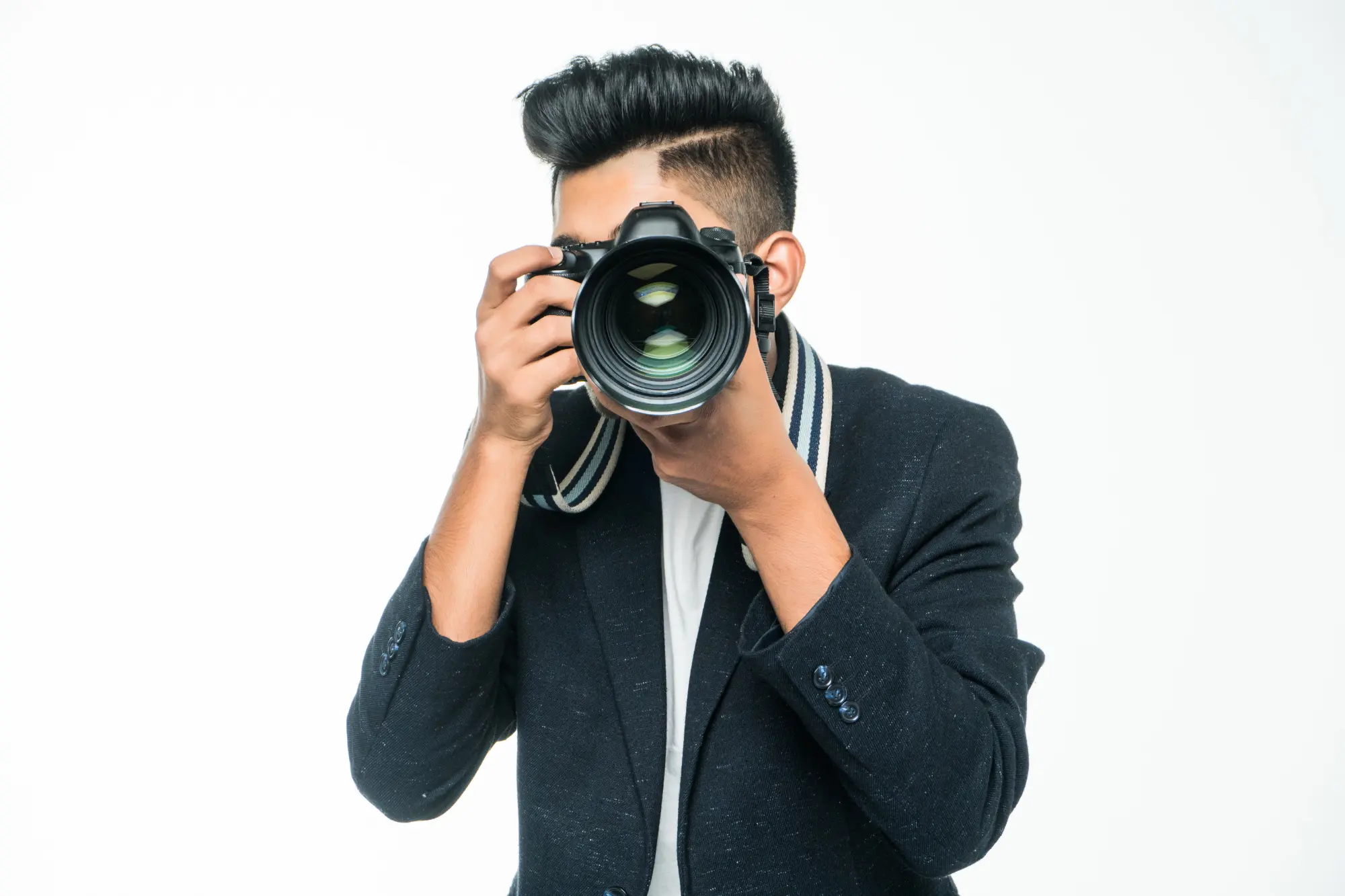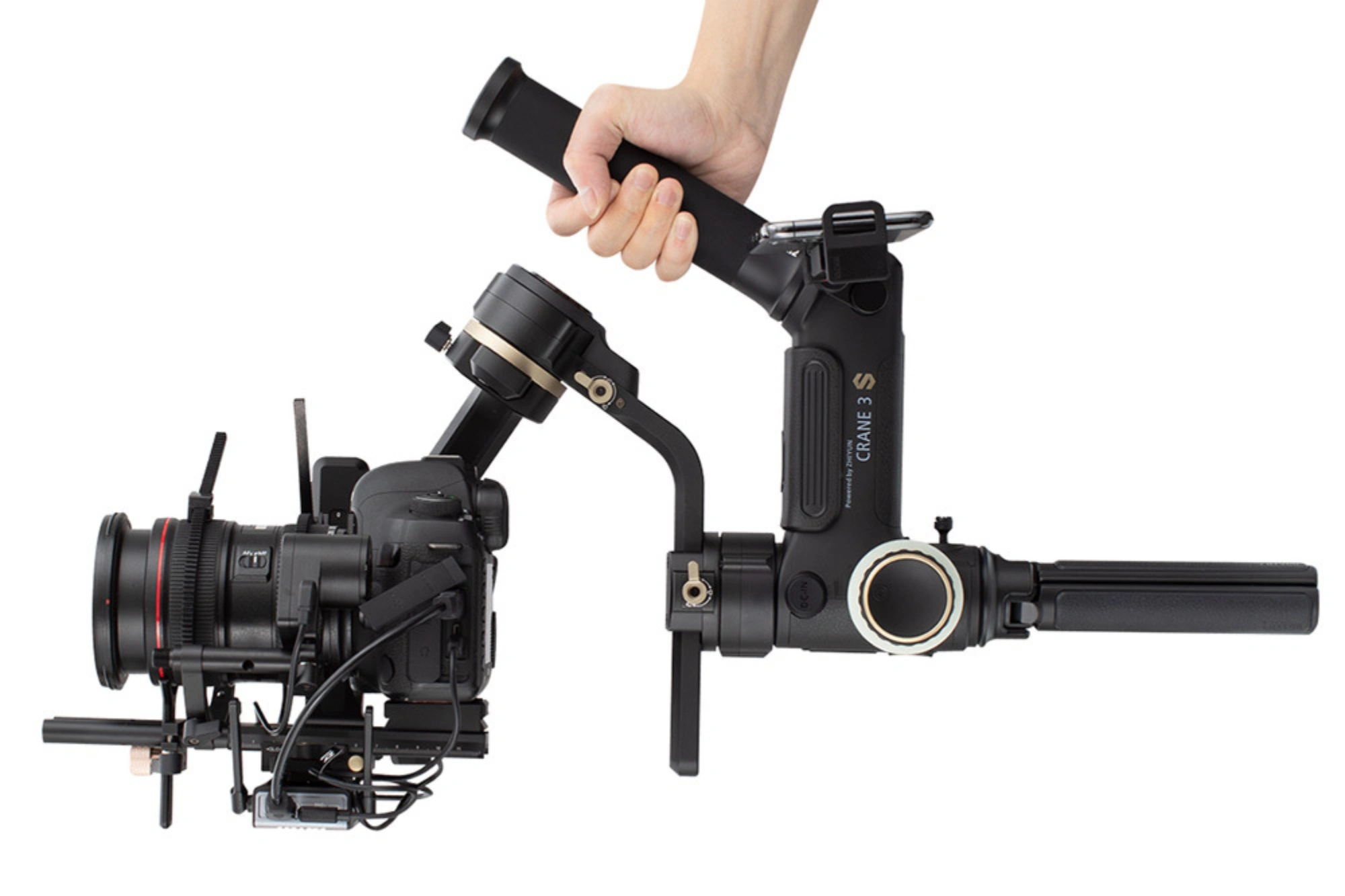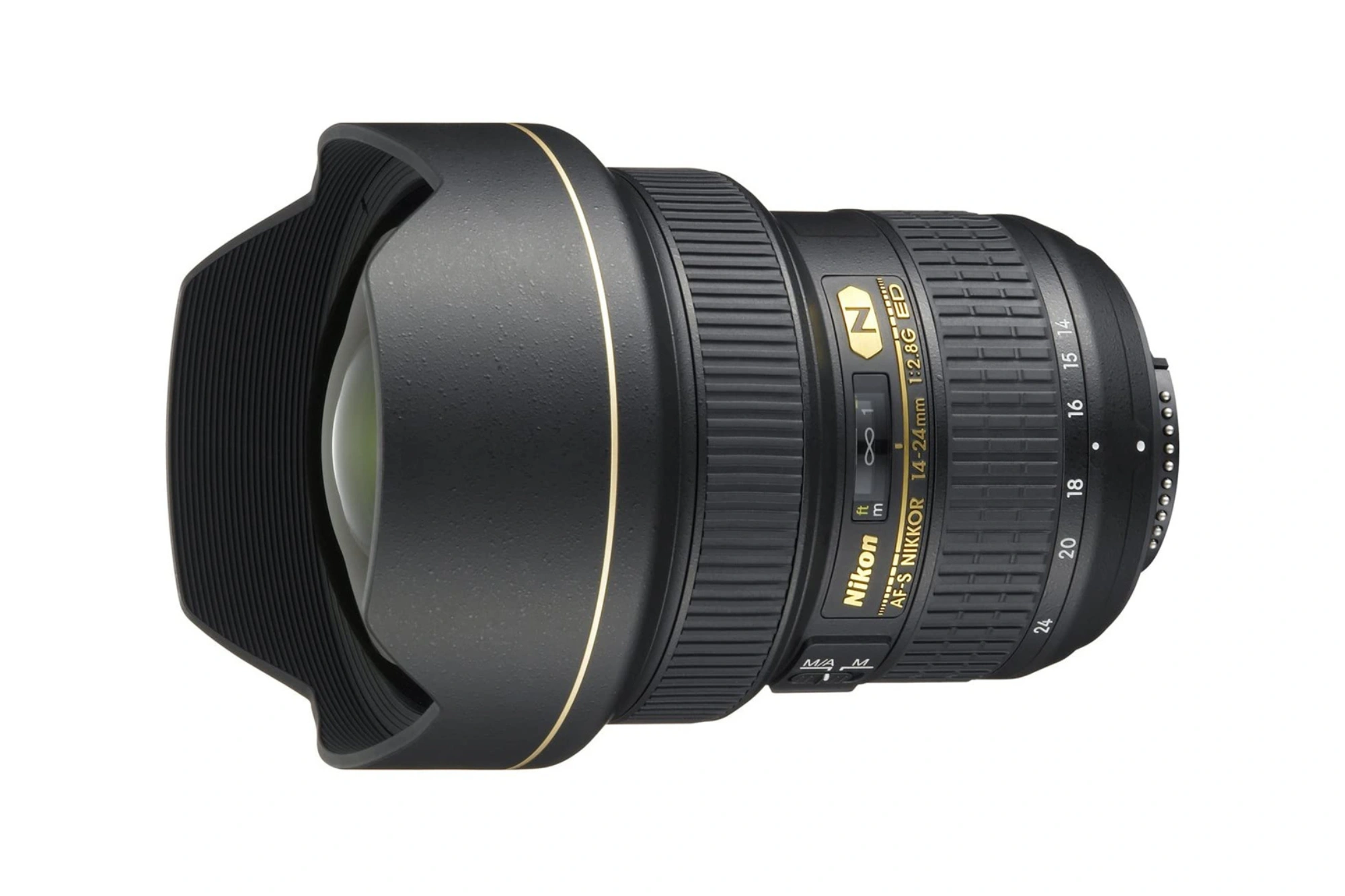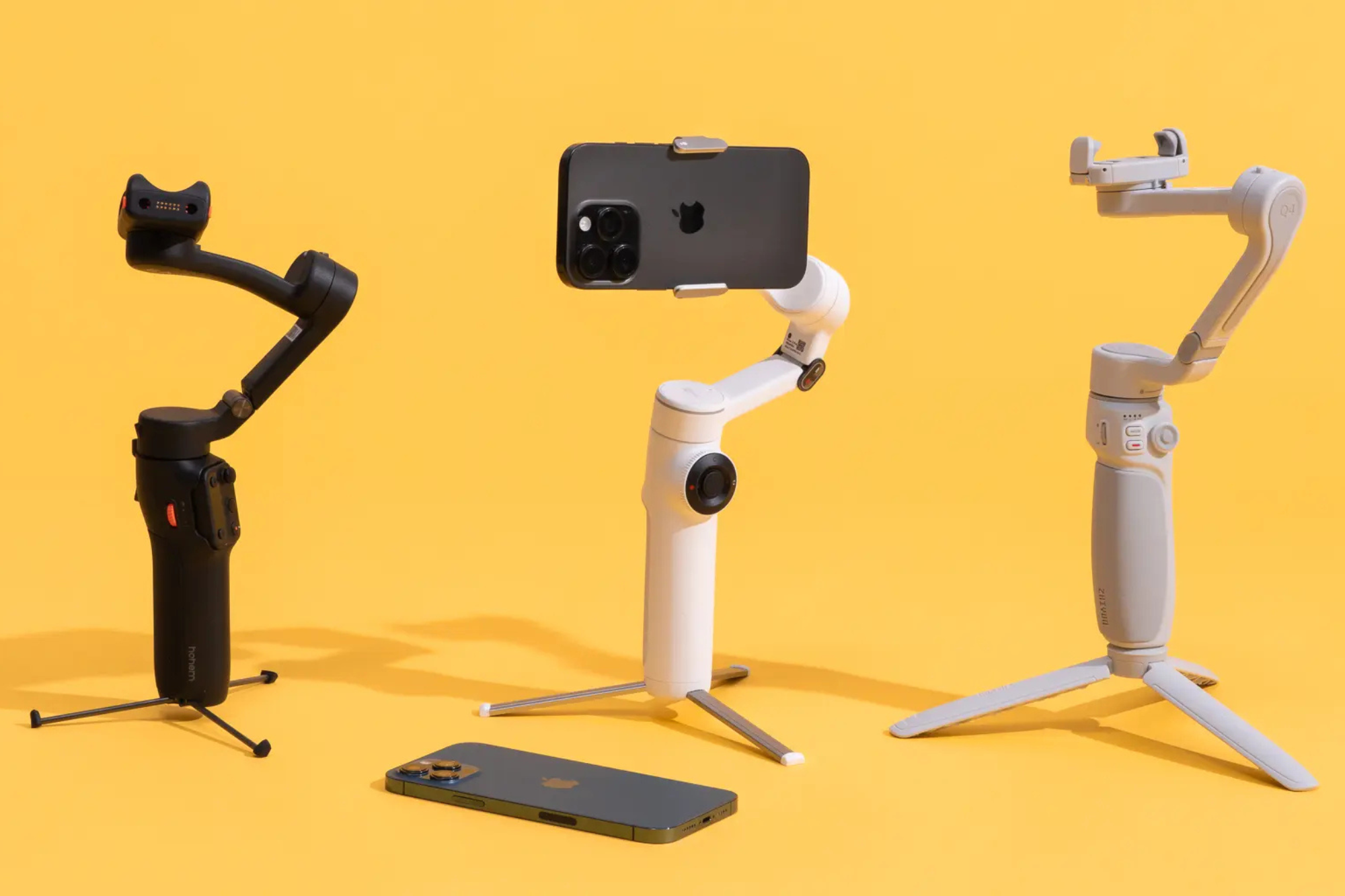Photography is further than just clicking a button; it’s about landing moments in their stylish light and composition. However, these practical DSLR photography tips and tricks will help you take your chops to the next position, If you’re new to DSLR photography or indeed if you’ve been exercising for a while.
Understand the Exposure Triangle
The first step to learning DSLR photography is learning the exposure triangle orifice, shutter speed, and ISO.
- Aperture (f- stop) controls how important light enters your camera and affects the depth of field. A low f- number like f/ 1.8 blurs the background, perfect for pictures, while an advanced f- number like f/ 11 keeps geographies sharp throughout.
- Shutter speed controls how long your camera’s detector is exposed to light. Using a fast shutter speed like 1/1000 sec helps you freeze action perfectly, whereas a slower speed like 1/30 sec lets you capture smooth motion blur for a more artistic feel.
- ISO determines the detector’s perceptivity to light. Use low ISO( 100- 200) in daylight to avoid grain, and increase it in low light if demanded, but watch out for noise.
Use Manual Mode
Although Auto mode is easy to use, Manual (M) mode lets you take full control over your camera settings. It may feel intimidating at first, but experimenting with settings teaches you how your DSLR works and how to acclimate for different lighting and subject conditions.
Focus on Composition
Good composition can transfigure an ordinary print into a commodity eye- catching. Apply the Rule of Thirds by placing your subject off- centre, leading the bystander’s eyes naturally. Try using leading lines, balance, and natural frames like windows, curves, or tree branches to create depth and a sense of place in your images.
Master White Balance
Different lighting conditions produce different colour temperatures. Your DSLR’s white balance setting ensures accurate colours, whether shooting in daylight, shade, cloudy skies, fluorescent, or tungsten light. For creative results, you can designedly shift it warmer or cooler.
Shoot in RAW
Switch to RAW format, If you’re still shooting JPEG. RAW lines retain all image data, giving you further inflexibility during post-processing for conforming exposure, white balance, or murk without reducing quality.
Keep Your Lens Clean
It sounds introductory, but fingerprints, dust, or smirches on your lens can ruin sharpness and clarity. Always keep a microfiber cloth in your camera bag to gently wipe your lens before each shoot.
Use a Tripod for Stability
Using a tripod is a must for shooting in low light, capturing long exposures, or getting super sharp landscape photos. It also allows you to compose your shots more courteously.
Practice, Review, Improve
Photography is a skill that develops with practice. Review your shots critically, learn from miscalculations, and do n’t vacillate to experiment with angles, light, and settings. The more you shoot, the better you’ll understand your DSLR’s eventuality.
Final Thoughts
These DSLR photography tips and tricks are simple yet important tools to elevate your photography trip. Flash back, great prints are created when specialized knowledge meets creative vision. So snare your camera, head out, and keep landing the world from your unique perspective.




